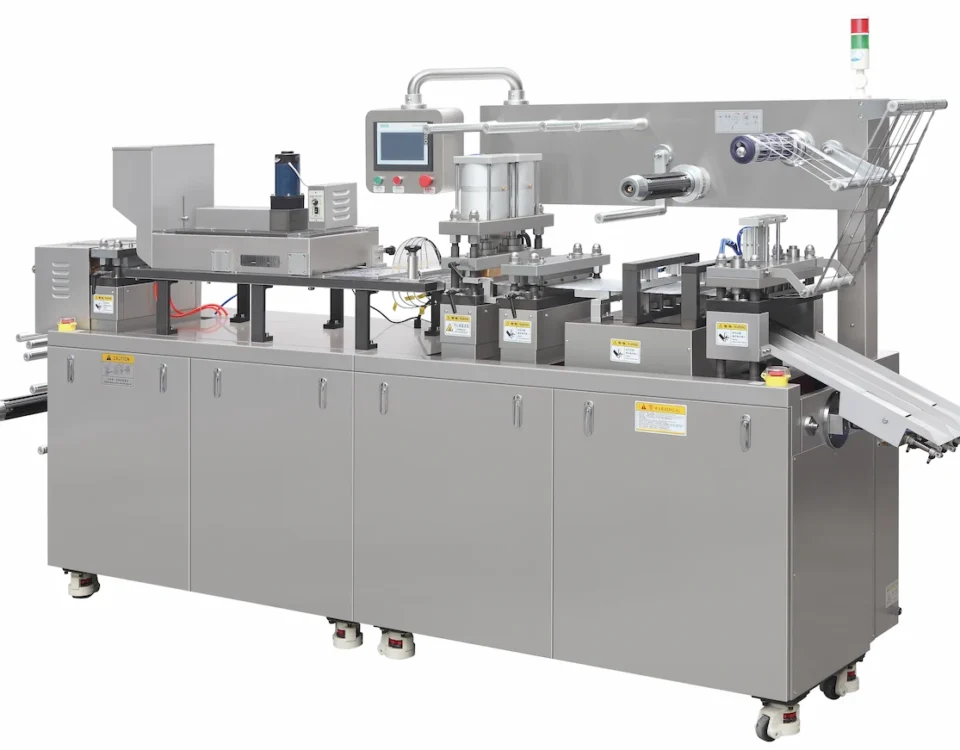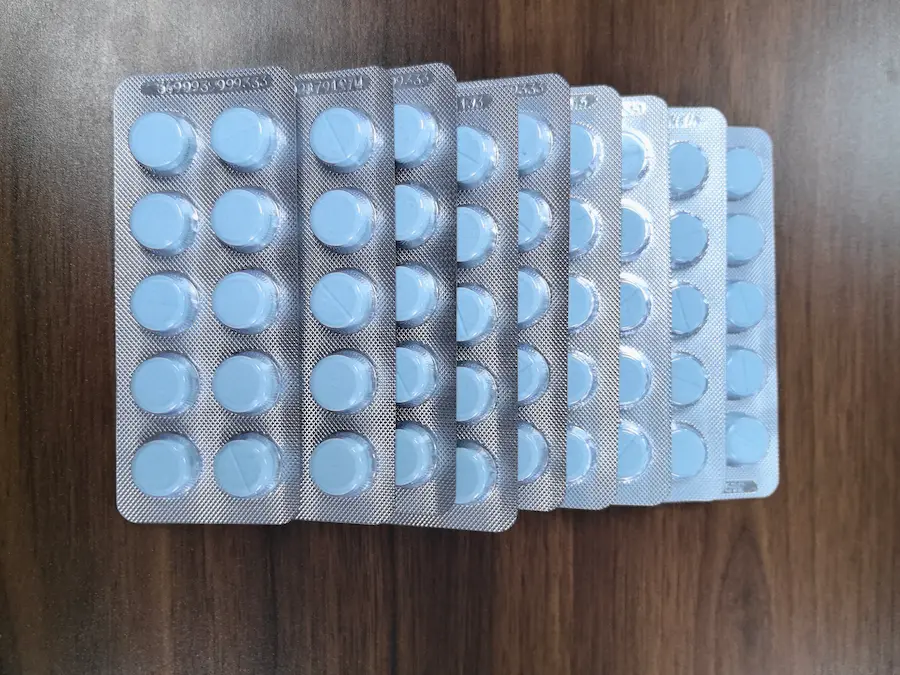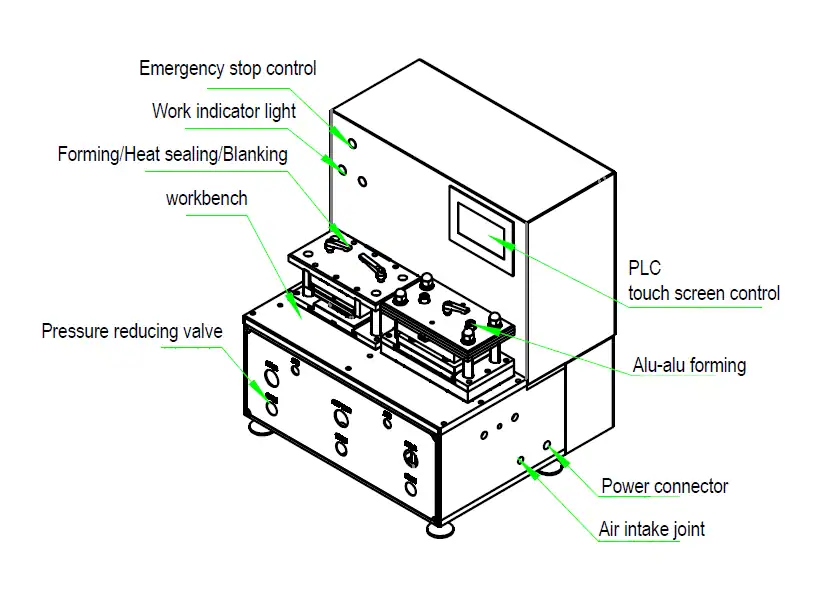
A new frontier of “serum protein” from genetically modified pig liver transplantation

Finding the Perfect Soft Gelatin Capsules Size for You
PVC and PVDC in Pharmaceutical Packaging: A Comprehensive Guide
Introduction
Pharmaceutical packaging demands high-quality materials that protect products and extend shelf life. Two popular options are PVC and PVDC. Each material has distinct chemical properties and applications. Understanding these differences is essential for making an informed decision.
This article dives into the chemical composition, processing methods, advantages, and drawbacks of each material. We also discuss their roles in Blister Packaging and other packaging materials applications.
Chemical Composition and Structure
PVC: Polyvinyl Chloride
PVC is a thermoplastic polymer made through the polymerization of vinyl chloride monomers. Its repeating unit is represented by the chemical formula (C₂H₃Cl)ₙ. This structure gives PVC its strength, durability, and flexibility when additives are used. PVC’s chemical stability and resistance to various chemicals make it a common choice for a range of applications.

Figure 1: The chemical structure of the PVC molecule.Source:researchgate.net

Water bottles are usually made of PET (polyethylene terephthalate) rather than PVC. It is important to understand the chemical composition
PVDC: Polyvinylidene Chloride
PVDC, on the other hand, is produced by polymerizing vinylidene chloride. Its repeating unit is denoted as (CH₂CCl₂)ₙ. Notice the difference: PVDC has twice the chlorine content compared to PVC. This additional chlorine imparts superior barrier properties, making PVDC an excellent choice for packaging that requires protection from oxygen, moisture, and odors.
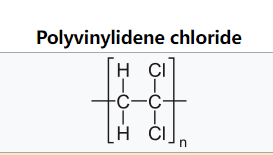
Polyvinylidene chloride
1-500x333.png)
Chart 2: Comparative data on chlorine content in PVC and PVDC molecules.
Data Source: Analysis of chlorine distribution (sciencedirect, 2005)
Key Advantages and Disadvantages
Advantages of PVC
Cost-Effectiveness: PVC is generally more affordable than PVDC. Its widespread availability makes it a popular choice for manufacturers looking to balance quality with budget constraints.
Ease of Processing: PVC can be easily molded and formed. Its versatility is an asset in producing various packaging designs.
Durability: PVC is resistant to many inorganic chemicals. It performs well under different environmental conditions.
Flexibility: With the addition of plasticizers, PVC can be made more flexible to suit specialized packaging applications.
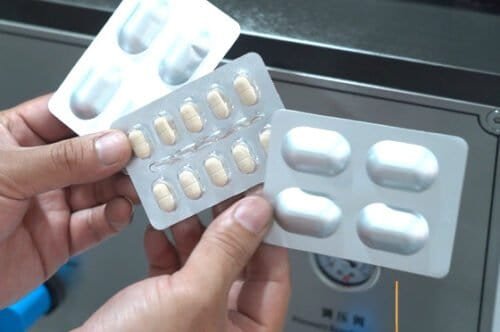
Disadvantages of PVC
Limited Barrier Properties: PVC’s lower chlorine content means it offers moderate protection against oxygen and moisture. This limitation is a concern for packaging sensitive pharmaceutical raw materials.
Potential Additive Concerns: Some formulations of PVC may contain additives such as phthalates, which have raised environmental and health issues.
Heat Sensitivity: PVC tends to have a lower melting point compared to PVDC, restricting its use in high-temperature applications.
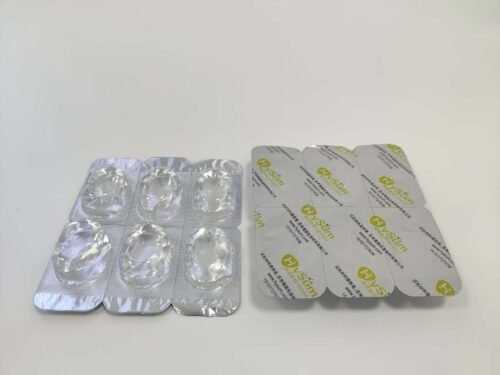
Advantages of PVDC
Superior Barrier Protection: PVDC excels at preventing oxygen, moisture, and odor penetration. This feature is crucial for maintaining the integrity of pharmaceutical products.
High Temperature Resistance: PVDC has a higher melting point than PVC, making it suitable for packaging applications that involve heat exposure.
Chemical Resistance: Its enhanced chemical resistance ensures that packaged products are shielded from potentially degrading substances.
Extended Shelf Life: PVDC helps in prolonging the shelf life of products. This is especially important for pharmaceuticals that are sensitive to environmental factors.
Disadvantages of PVDC
Higher Cost: The superior properties of PVDC come at a higher price. For budget-conscious projects, this may be a limiting factor.
Processing Limitations: PVDC is less flexible than PVC, which can pose challenges during molding and forming processes.
Recycling Challenges: Due to its chemical structure and high chlorine content, PVDC is more difficult to recycle. This factor might be significant for manufacturers with sustainability goals.
Applications in Pharmaceutical Packaging
Blister Packaging
Blister Packaging is a common application in the pharmaceutical industry. It requires packaging materials that provide excellent protection and ease of use. Both PVC and PVDC are used in blister packs, but their roles differ:
PVC in Blister Packaging:
PVC is often used as a base material. Its affordability and ease of processing make it ideal for creating the rigid blister cavity. However, its moderate barrier properties mean that it may need to be paired with additional barrier layers when packaging sensitive drugs.
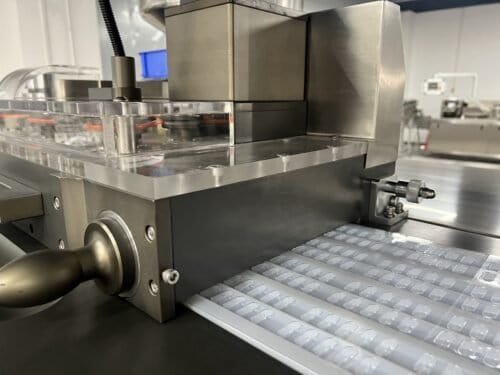
PVDC as a Barrier Coating:
PVDC is frequently applied as a coating on other plastics, including PVC. The coating significantly enhances barrier properties. This is especially important in preserving pharmaceutical raw materials that are prone to degradation from oxygen and moisture.
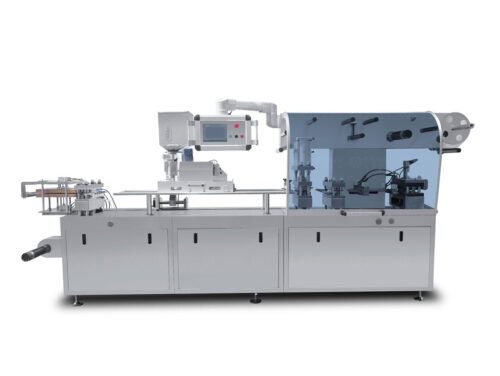
Other Packaging Applications
Secondary Packaging:
Both materials find use in secondary packaging, where durability and barrier properties are essential. Manufacturers may use a combination of PVC for structure and PVDC for barrier enhancement.Pharmaceutical Raw Materials Packaging:
In packaging raw materials for pharmaceuticals, maintaining product integrity is vital. PVDC’s superior barrier properties can protect active ingredients from environmental factors, ensuring that products remain effective until they reach the consumer.
Processing Techniques
Understanding the processing equipment for PVC and PVDC is essential for manufacturers. Both materials can be processed using similar machines, but some adjustments are necessary due to their inherent properties.
Common Processing Equipment
Blister Packaging Machines:
These machines are designed to form the blister cavities and seal the packaging. PVC is easily molded into the required shapes. When PVDC is used, it is typically applied as a thin barrier layer. The process requires precise control over temperature and pressure to ensure optimal adhesion.Bag Packaging Machines:
Bag packaging often uses PVC for its structural integrity. In contrast, PVDC coatings are applied to improve shelf life and product protection. Machines handling both materials are often calibrated differently to accommodate their varying melting points.Vacuum Packaging Machines:
For products requiring vacuum sealing, both PVC and PVDC films can be used. PVC films provide structure while PVDC’s barrier properties ensure that the vacuum environment is maintained. This combination is particularly effective in preserving sensitive pharmaceutical products.
Data and Trends in Material Performance
Recent industry studies highlight several trends in the use of PVC and PVDC in pharmaceutical packaging. A survey conducted among packaging professionals found that:
75% of manufacturers preferred PVC for its cost-effectiveness and ease of processing.
60% considered PVDC essential for high-barrier requirements, especially in packaging pharmaceuticals sensitive to oxygen and moisture.
Such data emphasize the need to balance cost and performance. When selecting a material, manufacturers should consider both the immediate budget constraints and the long-term benefits of product protection.
Reference: A recent survey published in Packaging Science Today found that manufacturers increasingly favor hybrid solutions that combine the affordability of PVC with the barrier properties of PVDC (Science, 2024) .
Making the Right Choice
The decision between PVC and PVDC should be based on several key factors:
Product Sensitivity:
For packaging pharmaceutical raw materials that are highly sensitive to environmental factors, PVDC is the preferred option due to its superior barrier properties.Budget Considerations:
PVC offers a more economical solution. Manufacturers with budget constraints might opt for PVC, possibly supplemented with additional barrier layers.Processing Capabilities:
Evaluate the available machinery. PVC is easier to process in standard equipment, whereas PVDC might require specialized adjustments.Sustainability Goals:
Recycling and environmental impact are increasingly important. PVC may be recycled more easily, though newer recycling technologies are addressing PVDC challenges.Application Requirements:
In Blister Packaging, a combination of PVC for the blister and a PVDC barrier coating can be the most effective solution. This hybrid approach provides both structure and protection.
Reference: An article in Modern Packaging Magazine emphasizes the importance of aligning material choice with product requirements and processing capabilities for optimal performance (Modern Packaging Magazine, 2022) .
Conclusion
Choosing between PVC and PVDC for pharmaceutical packaging requires a careful analysis of material properties, cost, and application needs. PVC, with its excellent processability and cost advantages, remains a popular choice for many applications. However, when superior barrier properties are essential, particularly for protecting sensitive pharmaceutical raw materials, PVDC offers significant benefits.
For many manufacturers, the optimal solution may lie in a hybrid approach—using PVC as the base material while incorporating a PVDC coating to boost barrier performance. This strategy leverages the strengths of both materials, ensuring product integrity, extended shelf life, and efficient processing.
By understanding the chemical compositions, processing requirements, and performance characteristics outlined in this guide, manufacturers can make more informed decisions that meet both their technical and economic objectives. In an industry where quality and safety are paramount, selecting the right packaging materials is a critical step toward ensuring that products reach consumers in optimal condition.

